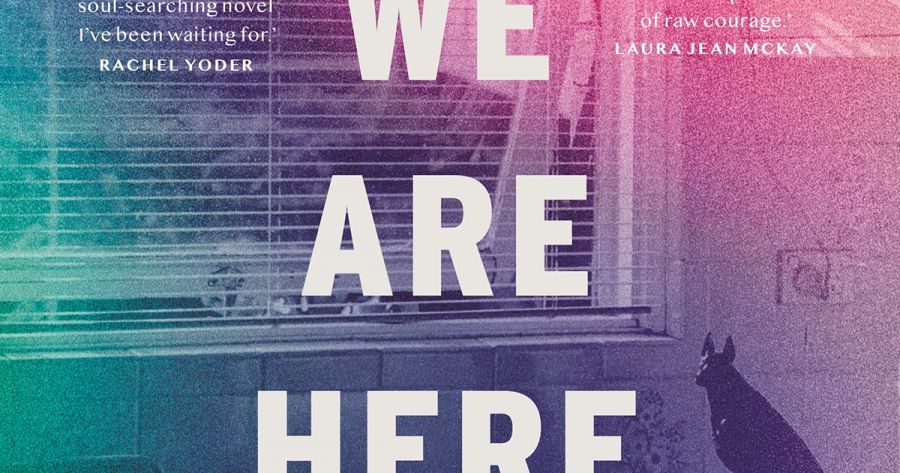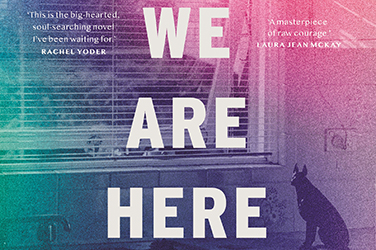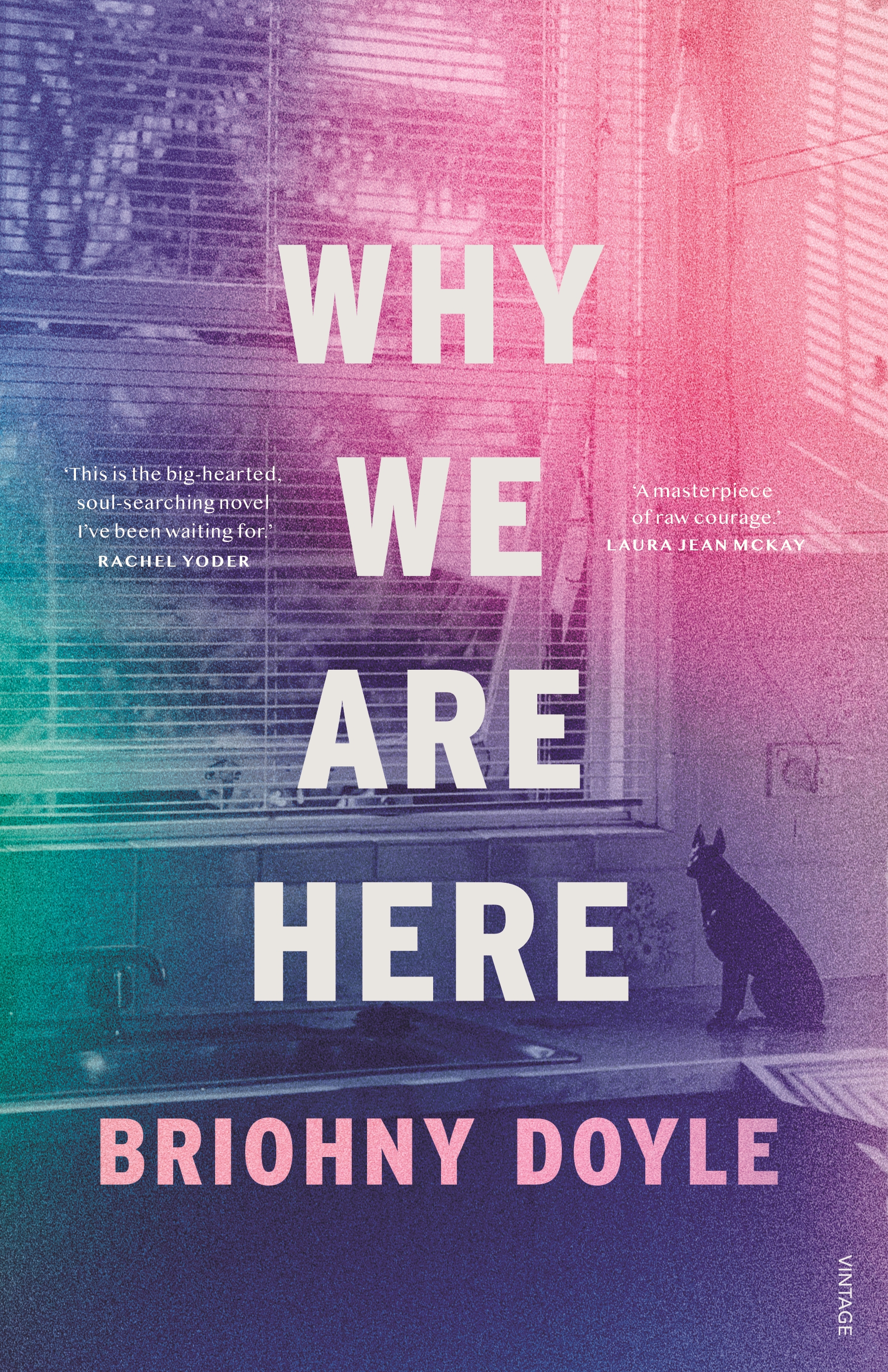
- Free Article: No
- Contents Category: Fiction
- Review Article: Yes
- Article Title: The art of losing
- Article Subtitle: Briohny Doyle’s third novel
- Online Only: No
- Custom Highlight Text:
Briohny Doyle’s third novel, Why We Are Here, threads together just about every literary, philosophical, and pop culture perspective on death and aftermath there is. But nothing represents the heart of the book better than its exploration of both/and thinking. Embraced by the fields of business, psychology, and beyond, both/and thinking is a method of overcoming paradoxes, not by solving them but by honouring how two apparently contradictory truths can co-exist. There’s no explaining the singular effect of this book without it.
- Featured Image (400px * 250px):

- Alt Tag (Featured Image): Alex Cothren reviews 'Why We Are Here' by Briohny Doyle
- Book 1 Title: Why We Are Here
- Book 1 Biblio: Vintage, $32.99 pb, 288 pp
- Book 1 Cover Small (400 x 600):

- Book 1 Cover (800 x 1200):

So, this latest fictional mediation on grief, time, and the myth that one will heal the other is par for course. Doyle, in memoir essays for Griffith Review and The Monthly, has already written about these deaths, this grief, even this same crumbling apartment, a suitably dramatic stage she describes as ‘a doomed, glamorous ship’ with its tilted floorboards ‘plunging into the swell of the street’. While a tinge of magical realism pushes the representation of these events beyond memoir – Sydney becomes ‘Silver City’, a nearby prison blasts Simone Weil quotes, dogs occasionally talk – in the end there is no separating author and character. BB is Briohny Doyle.
When a writer is willing to share pain and loss this raw, it makes the whole literary appraisal thing feel about as appropriate as a clown at a funeral. There are lines here of such brutality they transcend syntax: ‘I texted Him twice but He did not respond because He was dead.’ But only focusing on courage risks ignoring craft. That is a good sentence, perfectly conveying the simplicity and surrealism of death.
Zoom out, and there is a similar level of hidden guile to the book’s structure. It is messy, repetitive, and riddled with non sequiturs, but this is a deliberate mimicking of the fog of grief. There is even a good in-text explanation for the lack of traditional action. BB – also a writer, of course – bemoans her lost ability to inhabit a fictional character: ‘One of the dire effects of grief is a narrowed imagination, no small problem for a writer.’ No matter how hard she tries, BB can’t push past the vortex of her own grief, ‘a flock of emotion circling an absence like birds over picked bones’.
Instead, she reads, she thinks, she walks the dog, she reads some more. Not exactly the hero’s journey. But BB happens to have the fierce intellect of, say, a Briohny Doyle, so each non-eventful page still contains a nugget of cultural analysis, a nuanced reading of authors both obscure and canonical, or at the very least a raunchy anecdote. Moving through the book begins to feel less like turning pages than scrolling through an exceptionally curated Twitter feed.
That in itself is not a new trick, and autofiction experiments like Jenny Offill’s Weather (2020) or Patricia Lockwood’s No One is Talking About This (2021) seem a clear inspiration. Another vein of autofiction, call it the Karl Ove Knausgaard variety, is distinguished by its hyper-memory: every wallpaper shade, every chair squeak, every perfume note of life perfectly recalled. When it comes to the pandemic, Doyle, hilariously, is having none of that: ‘It’s time to sit in front of the computer again. It’s three days later.’ All that can be accurately reported on is a life gurgling down the screen-drain: ‘I blink, fishlike, at my phone, my laptop’. When BB trips on the dissociative drug Methoxetamine, she labels the ensuing memoryless gaps in time ‘the isn’t-space’: as good a nickname as any for the lockdown era.
Many will identify there, but what does this book, so obsessed with grief, offer the grieving? Certainly not Hallmark platitudes: ‘We have all lost so much and we are going to lose so much more.’ The final verdict on aftermath, aka closure, is equally bleak. It simply doesn’t exist, and any narrative pretending otherwise is a lie: ‘aftermath is the novelisation of the real’. As BB struggles to end a novel that can therefore have no ending, her neighbour scoffs: ‘If it’s made up, why don’t you just write yourself a happy ending and be done with it?’ Some readers might agree, might even have given up on the book by then, but those to whom tragedy has brought a narrowed imagination will value the truth.
That’s the paradox of Why We Are Here. We wish that Briohny Doyle could have written something different and one dark day will be so grateful that she wrote this.


Comments powered by CComment